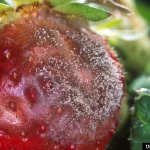Plant-Microbe Publications
In 2023, scientists learned more about plant-microbe (plant bacteria, plant pathogens, and other microorganisms) interactions and saw significant advancements, especially in studying Plant Growth-Promoting Bacteria (PGPB). Here are six sources (publications and collections) published in 2023 that you might still need to look into.
1. Latest Review Papers in Plant-Microbe Interactions
“Latest Review Papers in Plant Microbe Interactions 2023” – This special issue from Dr. James F. White and Microorganisms journal is a collection of six high-quality review papers in all fields of plant-microbe interactions.
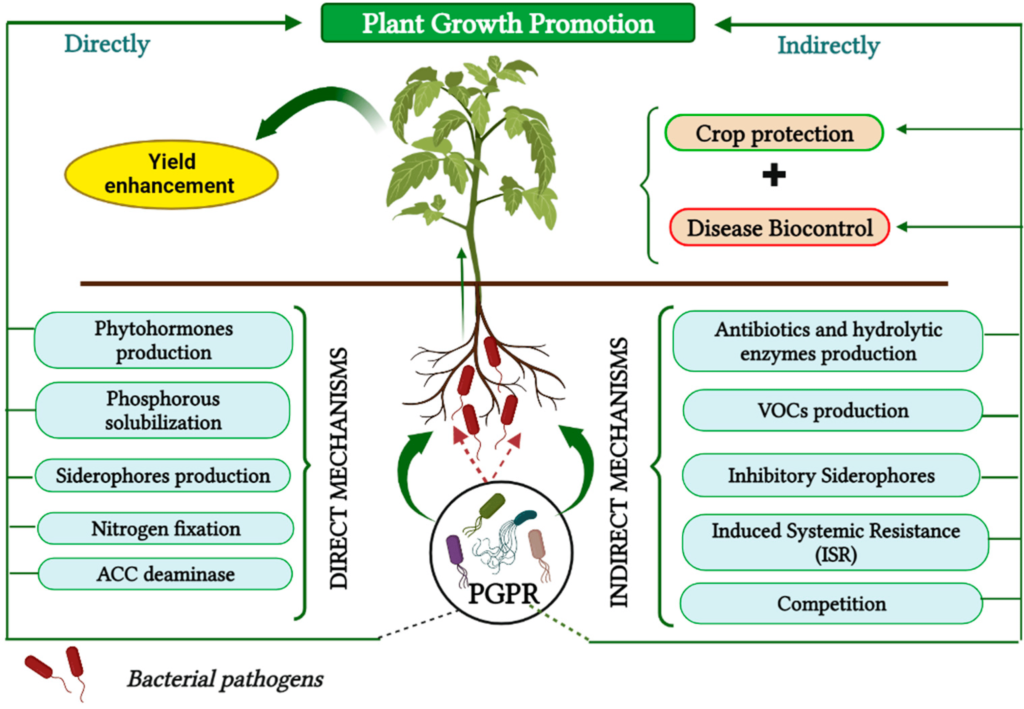
This Special Issue focuses on reviews in the field of Plant-Microbe Interactions. It invites researchers and experts to contribute comprehensive reviews highlighting the latest developments in this area. The Guest Editor, Prof. Dr. James F. White, emphasizes the importance of these reviews in advancing understanding of how plants interact with various microbes. The issue highlights research articles, review articles, and short communications on topics like disease protection, symbiosis, nitrogen fixation, and pathogenesis.
Want more plant-microbial content? You can subscribe here:
2. Latest in Plant-Microbe (Pathogens) Interactions
“Advances of Plants-Pathogen Interaction 2023” – This special issue of the International Journal of Molecular Sciences by Dr. Fucheng Lin is a collection of fourteen publications and covers many topics related to plant-microorganisms interactions, focusing on disease-causing pathogens. Interactions include pathogenic mechanisms, molecular evolution, ecology, and interaction mechanisms of plants with microorganisms.
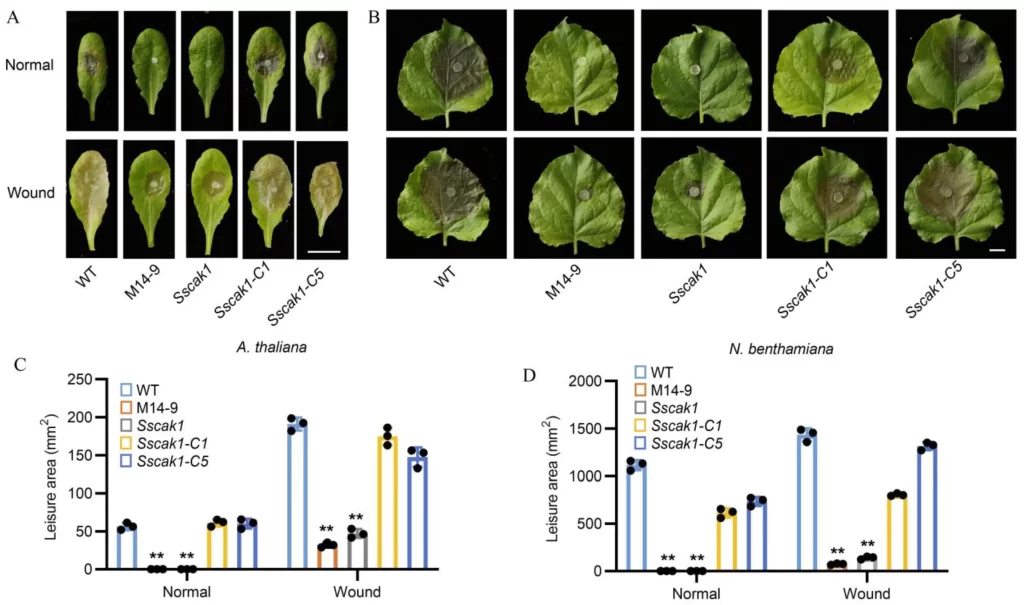
The Special Issue is a collection of publications that explores the complex challenges that plants face due to pathogens such as fungi, bacteria, and viruses. These pathogens cause significant economic losses in agriculture. The issue delves into the adaptive mechanisms of pathogens and plants’ resistance strategies. It covers key topics such as pathogenic mechanisms, molecular evolution, plant-microbe interactions, epigenetics, and the impact of pathogens on plant development and immune responses. This issue aims to enhance understanding and control of plant diseases through a blend of research articles, reviews, and communications. All publications have undergone a rigorous peer-review process.
3. Techniques for Plant Pathogen Detection
“Current and emerging trends in techniques for plant pathogen detection” – This article by Venbrux, Crauwels and Rediers (2023) discusses the most important plant pathogenic viruses, bacteria, and fungi/oomycetes and the latest techniques for detecting disease-causing plant pathogens.
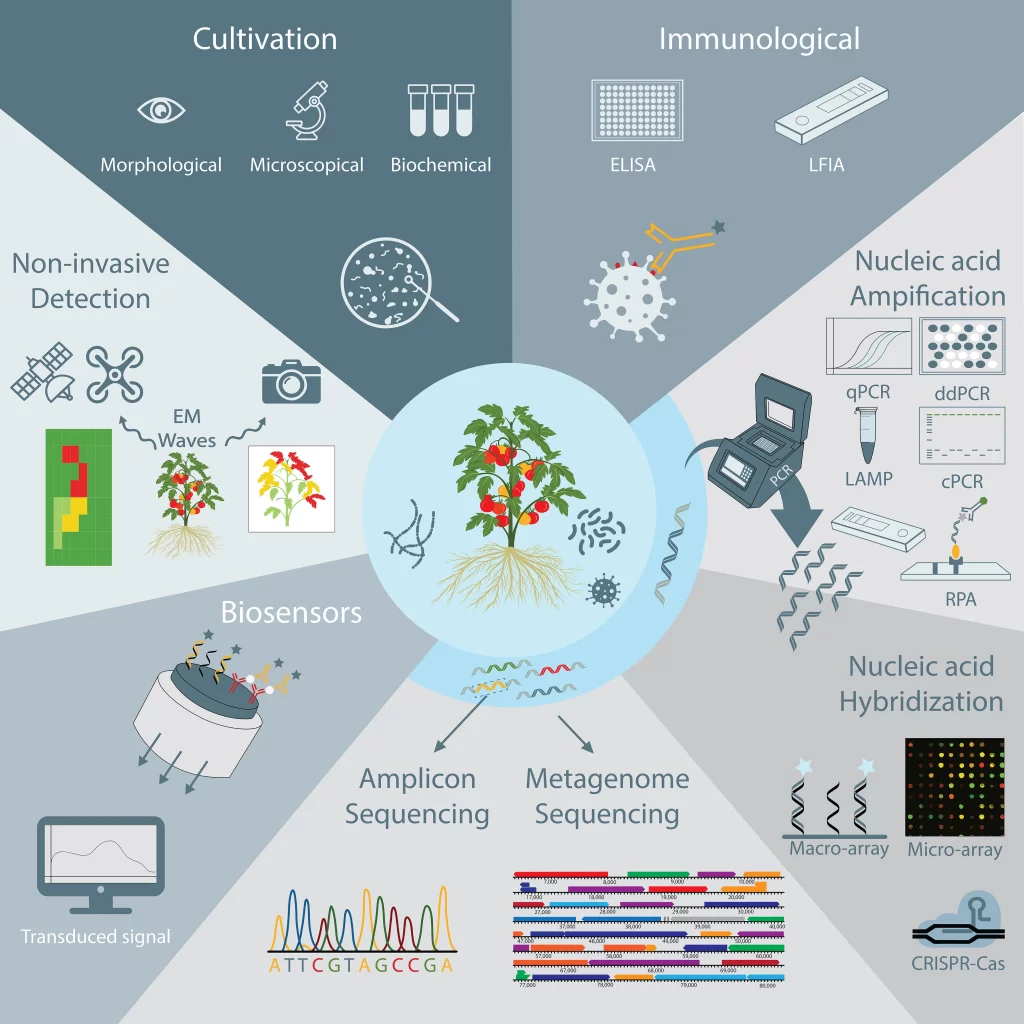
The article emphasizes the importance of early detection and identification of plant pathogens, as they significantly impact agricultural crop yields and can have severe economic and social consequences. In reality, current agricultural practices and global trade contribute to the spread of these pathogens. The article explores various existing and emerging detection techniques, including culture-based, PCR-based, sequencing-based, and immunology-based methods, each with unique advantages, disadvantages, and practical applications. It also highlights the emergence of point-of-care devices, such as biosensors, which provide fast, on-site diagnostic capabilities crucial for effective disease management.
You can read more about our methods of detection here.
The article highlights the substantial yearly crop losses caused by plant pathogens and the necessity of adopting sustainable reduction strategies in line with initiatives such as the European Green Deal. While there is no perfect detection method yet, ongoing research and technological advancements are gradually enhancing plant disease monitoring.
4. Plant Root Rhizosphere-Bacteria Interactions
“Rhizosphere bacterial interactions and impact on plant health” – This review by Chepsergon and Moleleki (2023) discusses how plants recruit beneficial rhizosphere bacteria and the competition between rhizosphere bacteria and their impact on plant health.
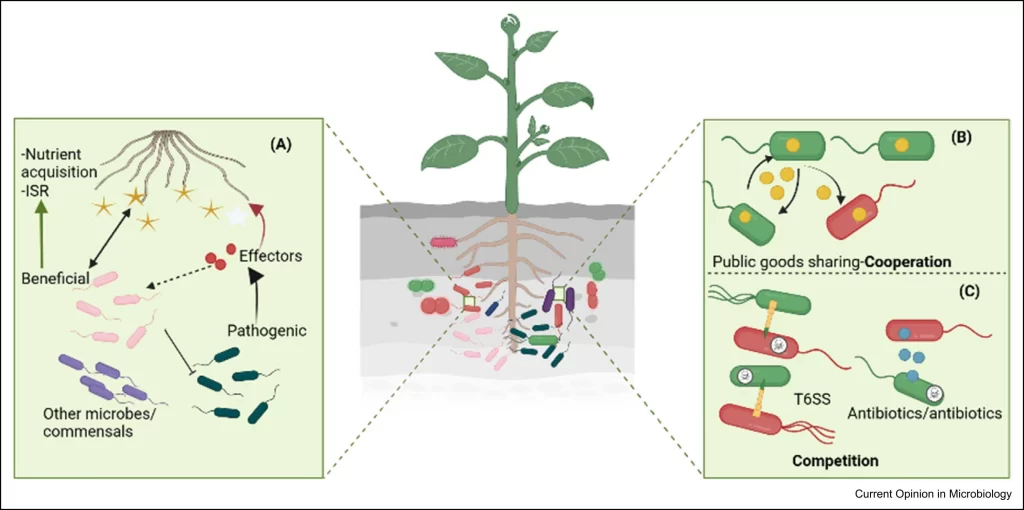
A) Plants release root exudate (yellow star) to manipulate microbial communities or recruit beneficial bacteria after detecting pathogens. Recruited bacteria suppress pathogens and enhance plant immunity by inducing ISR (induced systemic resistance) while helping in nutrient acquisition. Pathogens secrete effector proteins to find ways to enter a host plant and can also influence other microbes in the area.
B) In the rhizosphere, the soil region around plant roots, bacteria often cooperate to share resources, especially when these are scarce. This cooperation can involve producing and sharing public goods, such as lipopeptides, which exhibit antimicrobial properties, promote induced systemic resistance in plants, and support vital developmental traits. However, “cheating” bacteria (red cell) can exploit this cooperative system. Cheating bacteria are those that stop producing these costly public goods and instead rely on the goods produced by other bacteria.
C) Bacteria have different ways to compete with other microbes. One way is by using a system called the Type VI secretion system (T6SS). This system helps bacteria attack other microbes by injecting toxic proteins into them. Another way bacteria compete is by producing particular substances called antibiotics and bacteriocins. These substances can kill or slow down the growth of other microbes. So, bacteria use these strategies to protect themselves and outcompete other microbes, which can sometimes harm plants or animals.
5. Plant Microbial Community Patterns
“Identifying microbiota community patterns important for plant protection using synthetic communities and machine learning” – This study by Emmenegger et al. (2023) presents an experimental and analytical approach to explore microbiota properties relevant to plant protection using synthetic communities and machine learning algorithms.
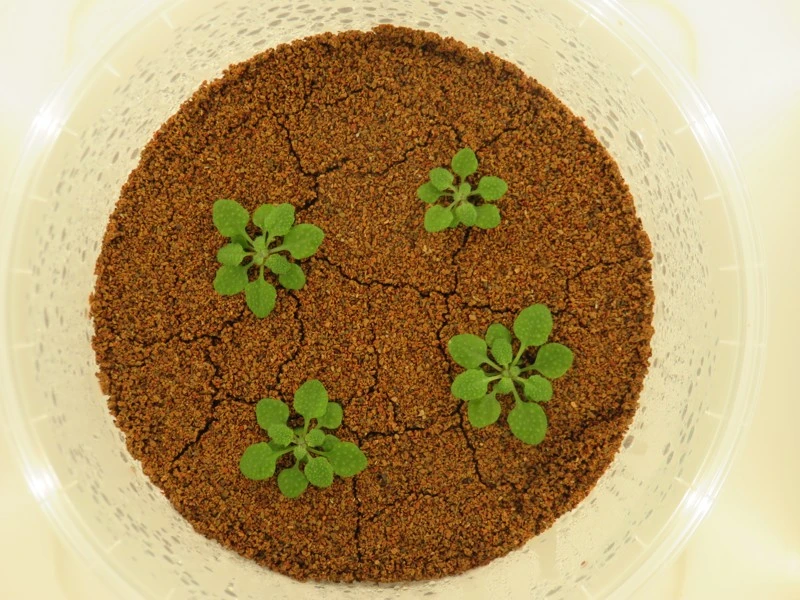
In a study focusing on plant health, researchers found that the specific types of bacteria in the soil around plants play a crucial role in protecting plants from diseases. They created small groups of different bacteria (called synthetic communities or SynComs) and observed how well these groups could protect plants from pathogens. The fundamental discovery was that the protection depends on which specific bacteria are present rather than having a diverse mix. Some bacteria were particularly good at fighting off diseases, and certain combinations of bacteria worked better together. This research can help greenhouse growers understand that choosing suitable types of bacteria for their soil can significantly boost plant health and disease resistance.
6. Review in Beneficial Root and Soil Bacteria
“Reviewing and renewing the use of beneficial root and soil bacteria for plant growth and sustainability in nutrient-poor, arid soils” – This review by Khan et al. (2023) summarizes the mechanisms and methods used by beneficial soil bacteria (Plant Growth Promoting Bacteria or PGPB) to promote plant health and discusses their potential for further development into effective, commercially available plant stimulants.
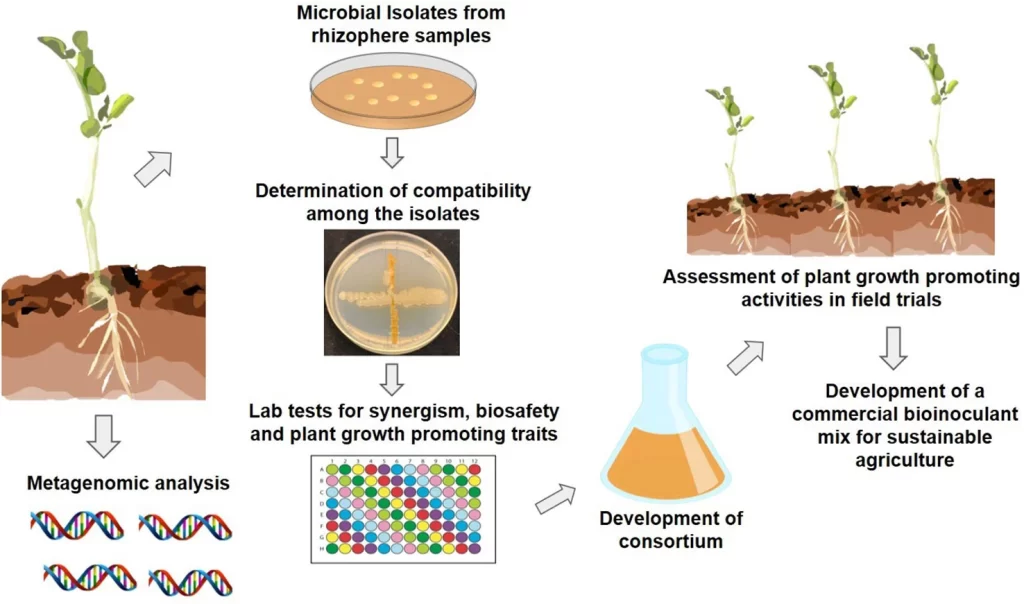
This review emphasizes the significance of maintaining soil quality and plant health amid challenges such as climate change and the need for sustainable farming practices. Plant Growth Promoting Bacteria (PGPB) can be a crucial solution to these challenges. These beneficial bacteria can be found in various soil types and significantly enhance plant growth. They help plants absorb nutrients like nitrogen and phosphorus more efficiently, balance plant hormones, and guard against diseases. Using PGPB, greenhouse growers can improve plant productivity even in less fertile soils while reducing reliance on chemical fertilizers and pesticides. This approach supports healthier plant growth and contributes to environmental sustainability by minimizing harmful agricultural run-offs. Essentially, PGPB offers a natural, effective way to boost plant health and yield, aligning with sustainable greenhouse farming practices.
Conclusion:
The advancements in sustainable agriculture are of utmost importance as they aim to develop environmentally friendly and sustainable food-growing methods. Researchers have published numerous high-quality journal articles that have improved our understanding of how plants interact with microorganisms. This research is crucial in increasing crop yields and productivity through sustainable, less environmentally harmful methods than traditional farming methods. These developments in plant bacteria science are a significant step forward in combining agricultural efficiency with environmental responsibility.
Banner image from https://zenodo.org/records/8399345 by Emmenegger et al. (2023).
![]()
David Santos is the COO/CMO of Healthy Hydroponics InnoTech



